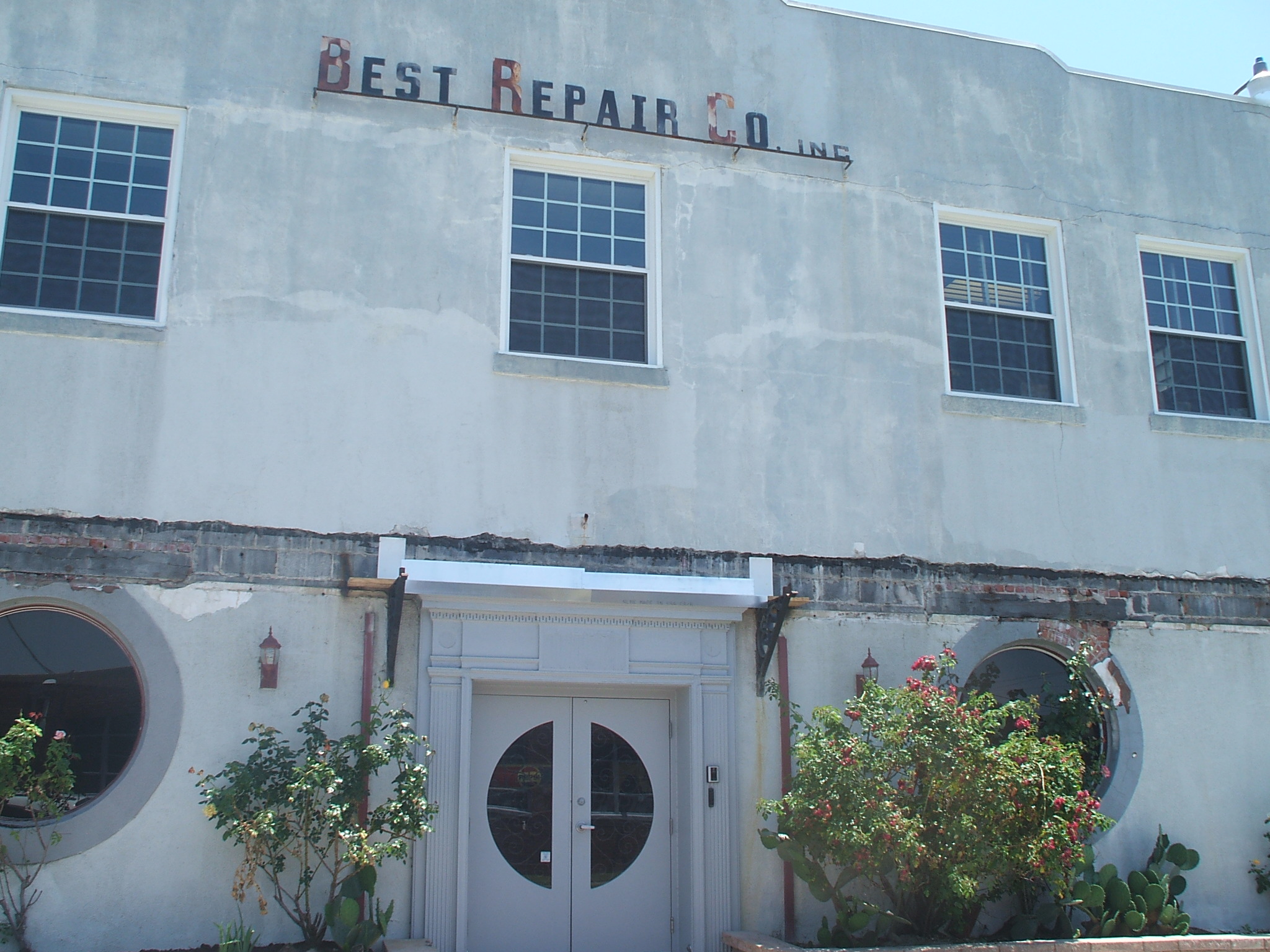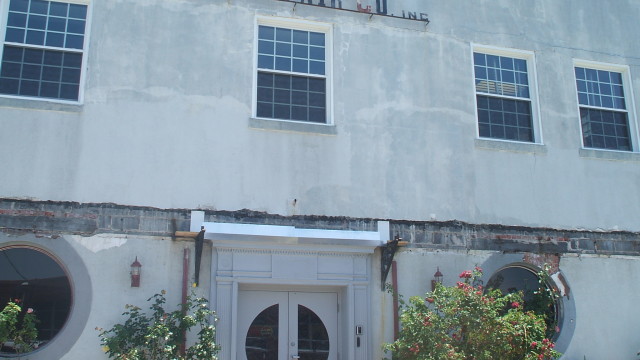By Phillip Newswanger
Something is brewing on the other side of the tracks in Norfolk – and it’s not just beer.
City officials have hatched a plan to transform an area of Norfolk marked by empty industrial buildings, barbed wire and railroad tracks.
Railroad tracks and the company that owns the tracks – Norfolk Southern Corporation, the company formed from the merger of Norfolk & Western Railway and Southern Railway in 1982 – are the keys to unlock the potential on 24th and 25th Streets, from Monticello Avenue to Colley Avenue, and perhaps a few blocks north.
The strip borders the railroad’s tracks whose rail cars laden with coal rumble through Norfolk to the coal piers at Lamberts Point.
Norfolk Department of Development officials unveiled a plan to create the Norfolk & Western Railroad Line Historic District. Assistant Development Director Charles Rigney presented the idea at the April meeting of the Norfolk Economic Development Authority.
“The Historic District will not only provide a benefit to O’Connor Brewing, but will also enhance the surrounding area,” the minutes of the meeting said.
A study to catalog 200 buildings within the area is pending.
“If O’Connor Brewing invests in half of the total $33,000 cost of the study for the 200 buildings in the District, the EDA [Economic Development Authority] will assist in paying half of the costs since it will benefit so many other local businesses in the area,” according the minutes of the meeting. “The City is also pursuing a Community Development Block Grant that could cover the cost of the EDA’s expense, but this would be reimbursed at a later date, if the grant is obtained.”
The model for the district would be Norfolk and Western Railway Company Historic District, approximately four acres in downtown Roanoke.
The group of buildings was listed on the National Register of Historic Places, managed by the U.S. Dept. of the Interior, National Parks Service, and the Virginia Landmarks Register in 1999.
But the process isn’t simple – and it’s not cheap.
There’s a lot of paperwork and usually someone in the field of architectural preservation is hired to evaluate the properties – age, integrity and significance – proposed for a district.
The process begins with the state’s historic preservation office. The time it takes to obtain the designation depends on the quality of the information submitted to the state and the federal government. It also depends on how many properties are included in the submission. The more properties included the more time it will take to quantify each and every property.
A state review usually takes 90 days. A federal review takes 45 days.
Not only does the historic district moniker have cachet. It also brings a plethora of local, state and federal tax credits and other benefits, sparking investment and a rise in property values.
The 24th to 25th Street corridor is an oasis of businesses. Together, they could be the driving force behind the creation of an historic district.
O’Connor Brewing Co., the latest addition to the corridor, has name recognition and the backing of city officials.
On 24th Street is Old Dominion Peanut Co. The manufacturer and marketer of peanut brittle and peanut candy was bought by Denver-based Hammond’s Candies last year.
Throw in the financial and political potency of Norfolk Southern and it’s a slam dunk.
All aboard.





